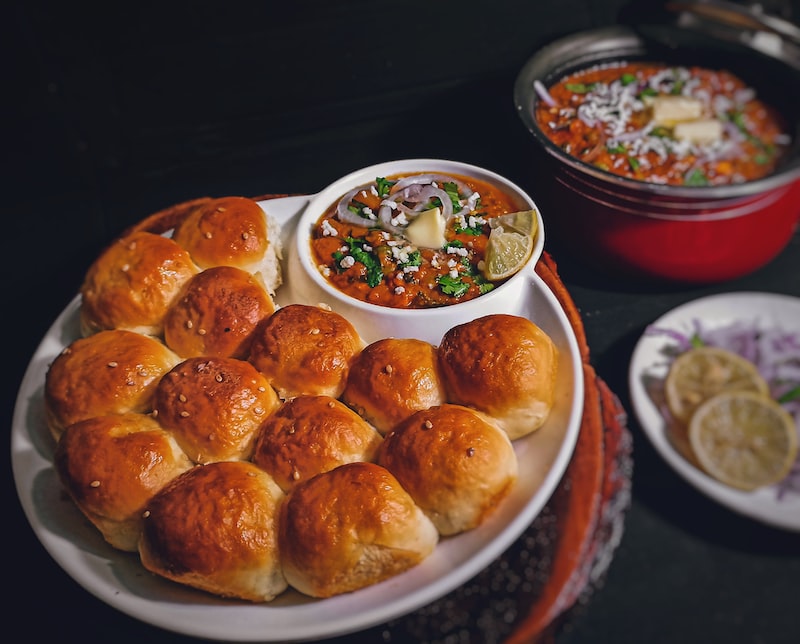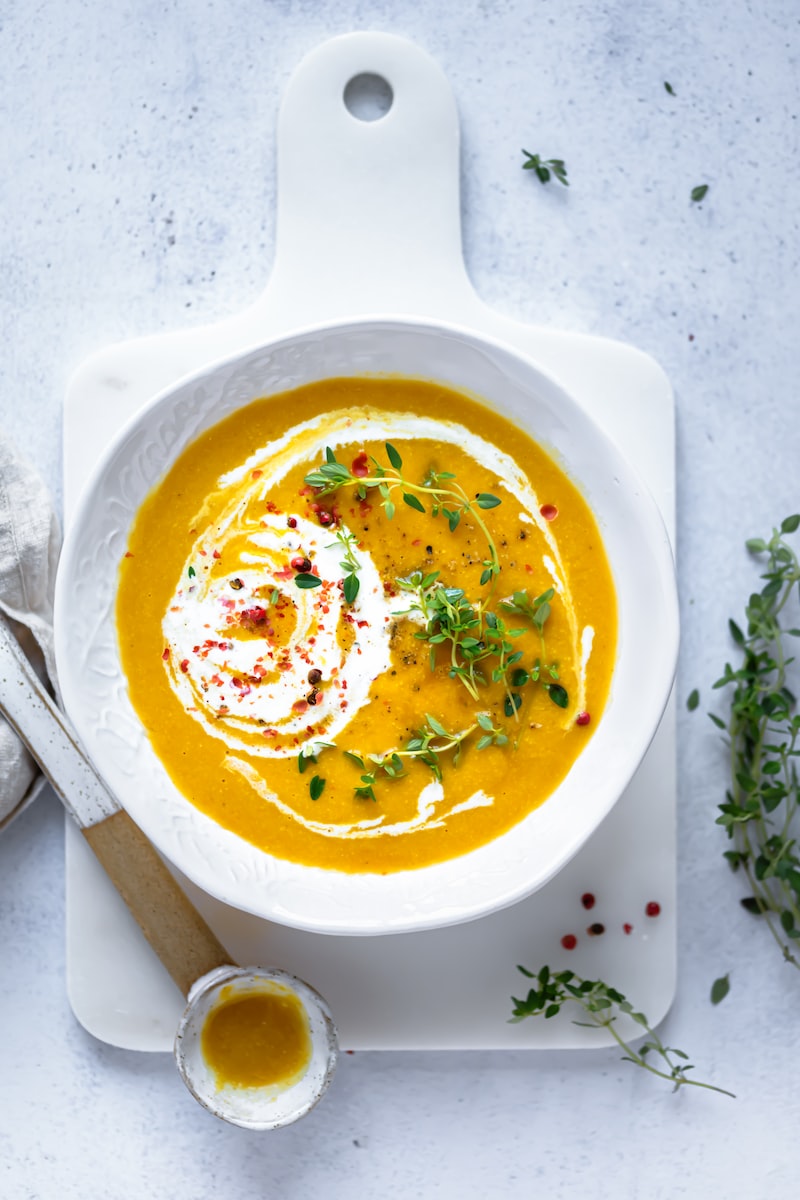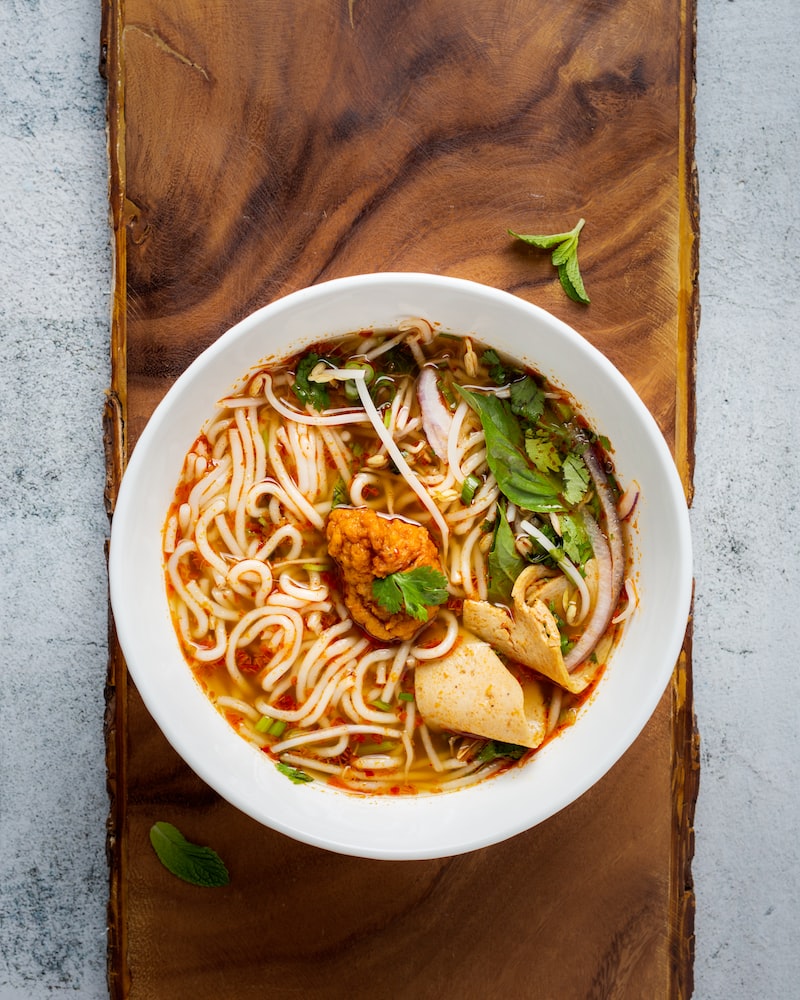Table of Contents
India, a land of diversity and rich cultural heritage, is home to an array of gastronomic wonders that tantalize the taste buds. Amidst this culinary tapestry lies a dish that stands out as the quintessential representation of Indian cuisine – the Biriyani. This iconic delicacy has secured its place as India’s national dish, captivating the palates of millions across the globe.

Biriyani is a flavorful rice dish that showcases the artistry of blending aromatic spices, fragrant basmati rice, tender meat, and a medley of vegetables. Its origins can be traced back to the Mughal era, where it was introduced by the Persian invaders. Over the centuries, it has evolved into various regional interpretations, each boasting its unique flavors and cooking techniques.
What makes Biriyani truly remarkable is the symphony of spices that dance upon the palate. Fragrant cardamom pods, cinnamon sticks, cloves, and star anise infuse the rice with their intoxicating aromas. Turmeric gives it a golden hue, while saffron strands add a touch of luxury. The marriage of these spices creates a harmonious balance, elevating every morsel to a heavenly experience.


One cannot overlook the diversity within India’s Biriyani landscape. From the Kolkata-style Biriyani with its succulent pieces of meat and subtle flavors, to the Hyderabad Dum Biriyani with its fragrant layers of rice and marinated meat cooked in a sealed pot, each region offers a unique rendition. Whether it’s the spicy Andhra Biriyani or the fragrant Lucknowi Biriyani, there is a Biriyani to suit every palate.
Beyond its culinary allure, Biriyani holds cultural significance in India. It is a dish that brings people together, transcending boundaries of language, religion, and social status. Families gather around a steaming pot of aromatic Biriyani, sharing laughter and stories, celebrating festivals and special occasions. It embodies the spirit of unity and communal harmony that India cherishes.
Biriyani stands tall as India’s national dish, captivating both locals and foreigners with its rich flavors and cultural significance. Its ability to transcend boundaries and unite people under the umbrella of good food is a testament to the power of gastronomy. So, embark on a culinary adventure and
discover the wonders of Biriyani – a dish that truly represents the essence of India’s diverse and vibrant cuisine.From Biryani to Butter Chicken: Unraveling the Secrets of India’s National Dish
India, a land known for its rich cultural heritage and diverse culinary traditions, boasts a national dish that is renowned worldwide. This article will delve into the captivating journey of India’s national dish, exploring the flavorsome realms of Biryani and Butter Chicken.
Let’s start with Biryani, a fragrant rice-based delicacy loved by millions. Picture this: tender pieces of meat or vegetables, marinated in a blend of aromatic spices, layered with long-grain basmati rice, and slow-cooked to perfection. The result? A symphony of flavors that dance on your palate, leaving you craving for more.
But what makes Biryani truly special? It’s the secret blend of spices, passed down through generations, that lend it its distinct taste. From saffron and cardamom to cloves and cinnamon, each spice plays a vital role in creating the harmonious medley of flavors that defines Biryani. This royal dish has numerous regional variations, such as Hyderabadi Biryani, Lucknowi Biryani, and Kolkata Biryani, each with its own unique twist.

Now, let’s turn our attention to Butter Chicken, a creamy and indulgent dish that has captured hearts around the globe. Tender chicken pieces, marinated in a velvety mixture of yogurt and spices, cooked in a tomato-based gravy enriched with butter and cream – this is the stuff dreams are made of. The succulent chicken melts in your mouth, while the luscious sauce satisfies your cravings for richness and flavor.
The secret behind the delectable taste of Butter Chicken lies in the artful balance of spices and the slow cooking process. The marinade infuses the chicken with flavors, while the tomato-based gravy, simmered to perfection, adds a tangy and robust element. This iconic dish pairs beautifully with naan bread or fragrant basmati rice, creating a culinary experience like no other.
the wonders of India’s national dish, from Biryani to Butter Chicken, are truly awe-inspiring. The intricate blend of spices, the careful cooking techniques, and the passion of generations past all come together to create these culinary masterpieces. So, the next time you indulge in a plate of Biryani or savor the creamy goodness of Butter Chicken, remember that you are experiencing the result of centuries of gastronomic evolution and the embodiment of India’s diverse and vibrant food culture.
Spice of Life: Exploring the Diversity and Flavors of India’s Iconic Cuisine
India’s iconic cuisine is a true Spice of Life. From the bustling streets of Mumbai to the serene backwaters of Kerala, the diverse flavors of Indian food are sure to captivate your taste buds and leave you craving for more.
Picture this: a plate filled with aromatic biryani, tender butter chicken, and fluffy naan bread. Each bite is an explosion of flavors, combining the richness of spices like cumin, coriander, turmeric, and cardamom. The blend of these spices creates a symphony of tastes that dance on your palate, making every meal a delightful experience.
But what makes Indian cuisine truly special is its regional diversity. India is a land of many states, each with its own distinct culinary traditions and specialties. In the North, you’ll find hearty dishes like Rajma Chawal (kidney bean curry with rice) and Tandoori Chicken cooked in clay ovens. Head down south, and you’ll be treated to a variety of dosas, idlis, and sambars that showcase the vibrant flavors of coconut and curry leaves.
The coastal regions of India boast an abundance of seafood delicacies. From the tangy Goan Fish Curry to the fiery Chettinad Prawn Masala, these dishes will transport you to sandy beaches and crashing waves. And let’s not forget about the street food! Whether it’s the mouthwatering pani puri, the crispy vada pav, or the spicy papdi chaat, the streets of India are a gastronomic adventure waiting to happen.
Indian cuisine isn’t just about the flavors; it’s also about the techniques and traditions that have been passed down through generations. The art of slow cooking in a traditional clay pot, the skillful use of a tandoor oven to achieve that perfect char, and the intricate process of layering spices to create complex flavors – all these aspects contribute to the uniqueness of Indian cooking.
So, if you’re ready to embark on a culinary journey like no other, India’s iconic cuisine is waiting to be explored. From the fiery curries of the North to the delicate flavors of the South, every region has something extraordinary to offer. Get ready to savor the Spice of Life and experience the true essence of Indian food, with its rich diversity and mouthwatering flavors that will leave you amazed and coming back for more.
Curry Chronicles: The Journey of India’s National Dish from Past to Present
Do you ever wonder about the fascinating history behind India’s national dish? Join me on a culinary journey as we explore the captivating story of curry, from its humble beginnings to its prominent place in Indian cuisine today.
Curry, a term widely used to describe a variety of spiced dishes, has a rich and diverse history rooted in the Indian subcontinent. Its origins can be traced back thousands of years to the Indus Valley Civilization, where evidence of early spice usage has been found. Spices like turmeric, cumin, and coriander were not only cherished for their flavors but also valued for their medicinal properties.
As time passed, trade routes opened up, connecting India with other parts of the world. This exchange of goods and ideas introduced new spices such as chili, black pepper, and cinnamon to the Indian kitchen, forever transforming the flavor profiles of curries. With each region having its own unique blend of spices and cooking techniques, curry developed into a diverse and vibrant culinary tradition.
The arrival of Europeans in India during the colonial era further influenced the evolution of curry. Explorers and traders were enchanted by the exotic flavors they encountered and brought these newfound tastes back to their home countries. The British, in particular, developed a fondness for curry and eventually adopted it as a staple in their own cuisine. This cultural exchange led to the rise of “Anglo-Indian” curries, which combined traditional Indian spices with British culinary sensibilities.
Today, curry is an integral part of Indian culture, both within the country and across the globe. It has become synonymous with the incredible diversity of Indian cuisine, showcasing the vast array of flavors, aromas, and textures that make it so unique. From the fiery heat of a Madras curry to the creamy richness of a Mughlai curry, there is a curry to suit every palate.
The popularity of curry has transcended borders, with Indian restaurants and curry houses popping up in cities worldwide. People from all walks of life have fallen in love with the bold and complex flavors that curry offers. It has become a symbol of unity, bringing together people from different cultures and backgrounds through the shared enjoyment of food.
So, the next time you savor a flavorful curry dish, take a moment to appreciate the incredible journey it has taken throughout history. From its ancient roots to its modern-day prominence, curry truly embodies the rich heritage and culinary prowess of India. Let its aromatic spices and mouthwatering flavors transport you on a gastronomic adventure unlike any other.
Tantalizing Tastes: Embarking on a Culinary Adventure with India’s Beloved National Dish
Take a moment to imagine the diverse flavors and aromatic spices that come to life when you think about Indian cuisine. The rich tapestry of tastes is nothing short of a tantalizing adventure for your taste buds. And at the heart of this culinary journey lies India’s beloved national dish, which beckons all food enthusiasts to embark on a flavorful expedition.
This iconic dish needs no introduction – it’s none other than the world-famous curry. Bursting with colors, textures, and an explosion of flavors, curry has become synonymous with Indian cuisine. But what makes it so special? Let’s dive into its fascinating details.
Firstly, curry is not just a single dish; it’s a symphony of different spices, herbs, and ingredients harmoniously blended together. Turmeric, cumin, coriander, cardamom, and many more dance together in a vibrant medley of flavors that awaken your senses. Each region in India presents its unique twist on curry, showcasing the country’s remarkable culinary diversity.
One aspect that sets Indian curry apart is the meticulousness with which it is prepared. Every ingredient is carefully selected, and the spices are skillfully roasted and ground to release their full potential. The cooking process itself is an art form, with layers of flavors infused at every step. The result is a dish that leaves you spellbound with its complexity and depth.
But what truly makes curry special is its ability to cater to individual preferences. Whether you crave fiery heat or prefer a milder experience, there’s a curry for everyone. It’s like having a personalized passport to explore the vast realm of flavors, allowing you to navigate through mild, medium, and spicy curries with ease.
Picture yourself savoring a bowl of luscious butter chicken, tender lamb rogan josh, or aromatic vegetable korma. Each bite is a revelation, a fusion of textures and tastes that transports you to the vibrant streets of India. With every morsel, you uncover a new layer of flavor, like unwrapping a culinary surprise.
So, if you’re ready for an adventure that will leave you awestruck, dive into the world of Indian curry. Let your taste buds be your guide as you explore the countless variations and flavors of this beloved national dish. Get ready to embark on a tantalizing journey that will forever transform your perception of what food can truly be.





